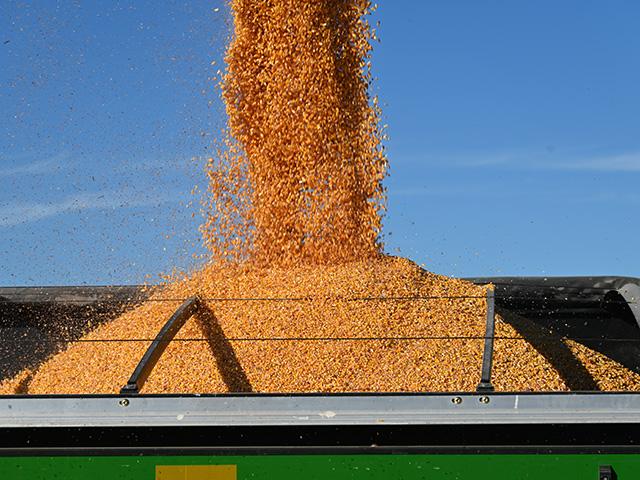CropLink
Brace Yourself
Brace roots are the Rodney Dangerfields of the cornfield. The funky, finger-like protrusions have been around since the teosinte, the grass ancestor of maize.
Until now, they have never gained enough respect in order to be studied. In her University of Delaware laboratory, Plant biologist Erin Sparks is currently digging into the fundamental question of what brace roots are.
“People that work on roots think they’re not roots because they are above ground and those that research shoots think they are roots--so they’ve sort of been lost in this middle ground,” says Sparks.
P[L1] D[0x0] M[300x250] OOP[F] ADUNIT[] T[]
Most of what we know about brace roots is anecdotal through stories and farmer observation. They were likely named for the belief they help anchor the plant, she says.
However, since some brace roots never reach the ground, some scientists are questioning their value. Are they simply a burden on the plant--a carbon expense bringing no return?
Sparks is currently looking at the stability question much as a civil engineer might view a bridge. She’s measuring different shapes and sizes of the secondary roots and using computer models to see how they provide structural support.
She also believes there may be environmental reasons brace roots begin to show up around the V8 growth stage.
The corn plant’s vascular system is made of up of two major vessels: the xylem and the phloem. The xylem is responsible for the transport of soil water and nutrients from the roots to the shoots. The phloem is responsible for the transport of sugar (food) from the leaves to the rest of the plant.
“In corn, there are multiple xylem elements. Mature maize roots have about six of these elements. But brace roots can have to up to 48 xylem elements. So the theoretical capacity to move water through a brace root is exponentially higher than through a primary root,” she notes. “So it could be they are important for nutrient and water acquisition when the underground root system isn’t getting what it needs.”
Just brace yourself to be disappointed if you are a believer. “ Honestly, the answer is we don’t know. My argument is that we’ve done all this intensive breeding and we still have brace roots, so they probably provide some important function. But it is yet to be determined,” she says.
[PF_0818]
Copyright 2019 DTN/The Progressive Farmer. All rights reserved.



